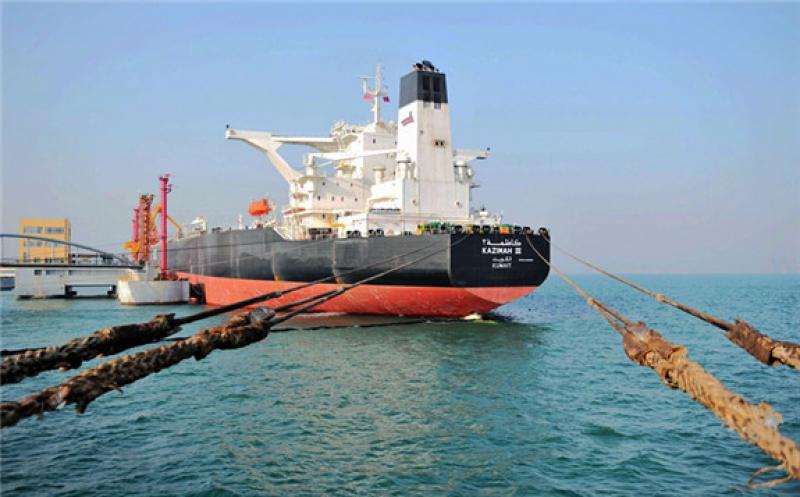Saudi Arabia could not ship more crude oil in the first half as it voluntarily restrained output under OPEC+ production-cut agreement; however, high oil prices this year helped the Kingdom to see stable income.

The Kingdom’s budget deficit narrowed sharply in the first six months of this year, with the government applying more fiscal discipline and increasing non-oil revenue sources, mainly from taxes.
The deficit for the first half of 2021 dropped a staggering 92 percent from the same period last year to SR12 billion, while keeping spending around the same levels.
“We expect the deficit will slide to SR62 billion for the full year, down from SR141 billion we expected in the beginning of the year. This is supported by oil revenue that benefited from a market recovery,” Mazen Al-Sudairi, head of research at Al-Rajhi Capital, recently told Arab News.
The Kingdom’s crude oil exports averaged 5.776 million barrels per day (bpd) in the first half of 2021, that is 19.8 percent less than 7.2 million bpd in the same period a year ago and 5.8 percent less than 6.129 million bpd in second half of 2020, according to JODI data.
Similarly, average daily crude output fell during the first six months of 2021 to 8.499 million bpd or 10.9 percent from 9.54 million bpd over the same period of 2020. The average daily rate of output also fell 4.5 percent from 8.895 million bpd in the second half of 2020.
On the other hand, first half of 2021 saw a 17.9 percent year-on-year increase in average daily crude intake at domestic refineries, which grew to 2.356 million bpd from 1.999 million bpd in the first half of 2020 and edged up by 0.4 percent, compared to the second half of 2020.
The output at oil refineries averaged 2.423 million bpd during the first six months of 2021, which translates to an increase of 15.2 percent from the first six months of 2020 and 6.5 percent compared to the second half of 2020. Average daily exports of oil products in the first half of this year also grew to 1.228 million bpd, up 28.5 percent and 14.3 percent from the first and second half of 2020, accordingly.
Saudi Arabia, the world’s largest oil exporter, was hit last year by the twin shocks of COVID-19 and record-low oil prices.
The government took many measures to safeguard and stimulate the economy from the impact of the pandemic last year, which resulted in a ballooning deficit in the second quarter, Ministry of Finance data showed.
This year, the economy has displayed stronger signs of recovery in line with global growth, leading to higher oil sales abroad and more non-oil activities at home.
Total state revenues in the first half increased by 39 percent to SR453 billion, fueled by an increase in taxes and a rise in oil sales.
Oil prices this year increased from $52 in January to $75 in July, along with steady ramping up of Saudi oil production under the OPEC+ deal. The result was an increase in oil revenues by 11 percent to SR249 billion in the first six months of the year, according to the data.
Saudi Arabia is also looking for more trading partners under free trade agreements as the country aims at increasing non-oil exports share in GDP.
Target countries are China, India, Pakistan, Australia, New Zealand, Britain, Indonesia, the Philippines, Bangladesh, Sri Lanka, and the US.
The Kingdom aims to export services including transport, distribution, professional and financial services, communication services, postal services as well as express mail, media, hotel, construction and contracting, education and training, travel and tourism, environmental, and entertainment.